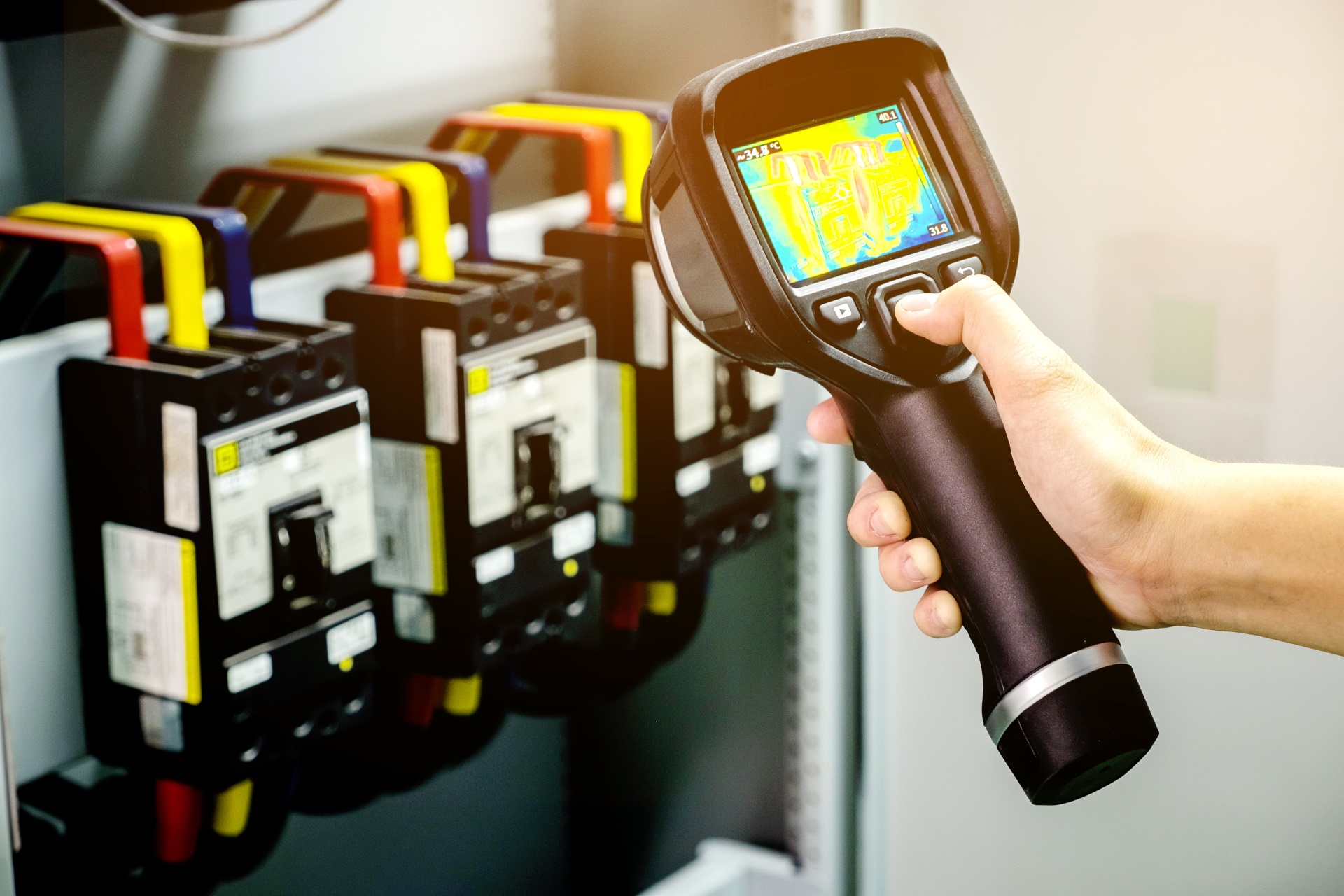Preparing your home for a radon inspection is important to ensure accurate results and to effectively address any issues if needed. Radon is a colorless, odorless gas that can enter your home from the ground, and testing is essential to find out if its levels are too high. This guide will help you prepare your home for a radon inspection, making sure everything goes smoothly and you get reliable results.
Understanding Radon and Why It Matters
Before you start preparing, it’s helpful to understand what radon is and why it’s important to test for it. Radon is a natural gas that comes from the breakdown of uranium in soil and rock. It can enter your home through cracks in floors, walls, and foundations, or through gaps around pipes and cables. Long-term exposure to high radon levels can cause serious health problems, like lung cancer.
A radon inspection measures the amount of radon in your home. Accurate readings are crucial for deciding if you need to take steps to lower radon levels and protect your health.
1. Choose the Best Time for Testing
Radon levels can change based on weather, ventilation, and the time of year. For the most accurate results, schedule the inspection when your home is closed up and conditions are stable. Here’s how:
- Timing: Schedule the inspection for a time when you can keep all windows and doors closed for at least 12 hours before the test starts. Avoid testing during extreme weather or if you’re planning major home renovations.
2. Inform Your Radon Inspector
Once you’ve chosen a radon inspection company, provide them with important information about your home:
- Past Results: Share any previous radon test results if you have them.
- Recent Renovations: Let them know about any recent or upcoming renovations, as these can affect radon levels and test results.
- Home Systems: Tell them about your HVAC system, basement, or crawl space conditions, as these can affect radon movement.
3. Prepare the Testing Areas
Radon testing usually involves placing a monitor or detector in specific parts of your home. Here’s how to get those areas ready:
- Test Locations: Radon monitors are typically placed in the lowest livable area of your home, like the basement or ground floor. Make sure this area is accessible and clear of obstacles.
- Clear the Space: Remove any furniture, decorations, or other items from the test area so the monitor can work without interference.
- Avoid Moving Objects: Once the monitor is set up, don’t move or disturb it. This helps ensure accurate results.
4. Manage Ventilation
During the test, it’s important to manage your home’s ventilation:
- HVAC Systems: Keep your heating, ventilation, and air conditioning systems running normally, but don’t change their settings during the test. Changes in ventilation can affect radon levels.
- Avoid Fans: Don’t use exhaust fans, especially in bathrooms or kitchens, as they can change radon levels by increasing air movement.
5. Seal Gaps and Cracks
Although sealing gaps and cracks is part of radon reduction, for testing, make sure your home is in normal living condition:
- Seal Entry Points: Ensure that cracks in the floor, walls, and around pipes are sealed, but this should be as it would be under normal conditions.
- Check for Openings: Make sure there are no open gaps or windows that could affect the test results.
6. Prepare for Long-Term Testing
If your radon inspection involves long-term testing (over 90 days), follow these extra steps:
- Keep Conditions Stable: Try to keep your home’s conditions consistent throughout the testing period. Avoid making big changes to ventilation or heating systems.
- Monitor Regularly: If possible, check the radon monitor periodically to ensure it’s still working correctly and hasn’t been tampered with.
7. Inform Your Household
Make sure everyone in the house understands the testing process and why it’s important:
- Avoid Interference: Let household members know not to interfere with the radon monitor or change the home’s ventilation.
- Explain the Test: Briefly explain what radon is and why the test is being done to help them understand its importance.
8. Document and Communicate
Keep track of the preparation steps and any changes made during the testing period. Communicate with your radon inspector if any issues come up or if you have questions about the test.
9. Post-Test Actions
After the test is finished, follow these steps:
- Review Results: Once you get the results, review them carefully. If radon levels are high, you’ll need to consider radon mitigation options.
- Discuss Findings: Talk to your radon inspector about the results and the recommended actions based on what was found.
Conclusion
Properly preparing your home for a radon inspection is essential for getting accurate results and making informed decisions about radon reduction. By understanding the process, preparing test areas, managing ventilation, and educating household members, you can help ensure a successful radon inspection. If high radon levels are detected, taking timely action can lower radon levels and protect your health and that of your family.

